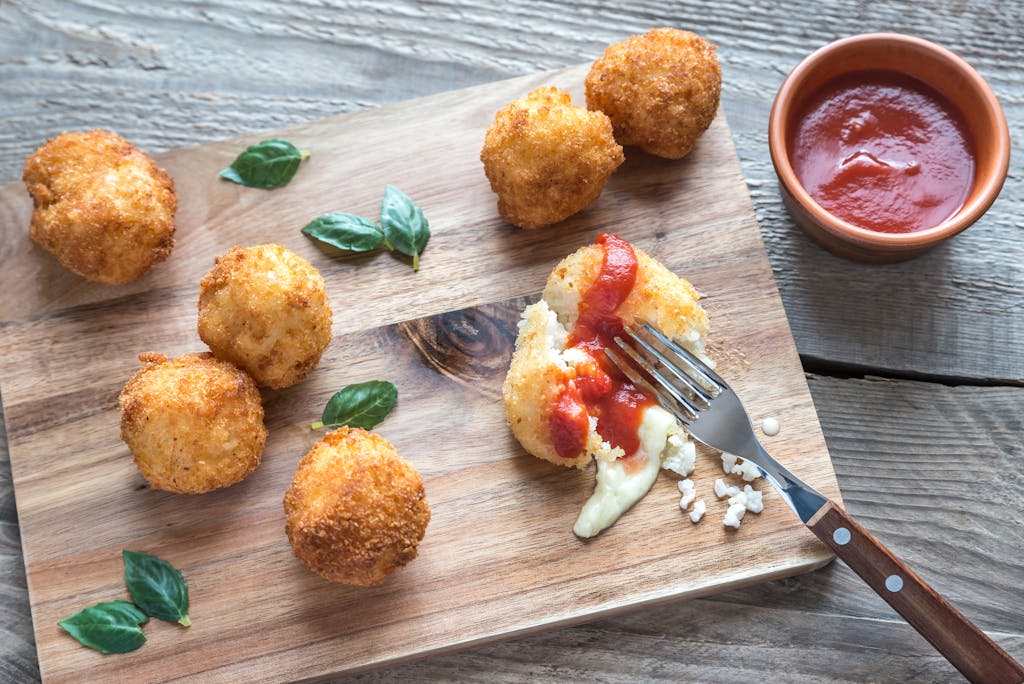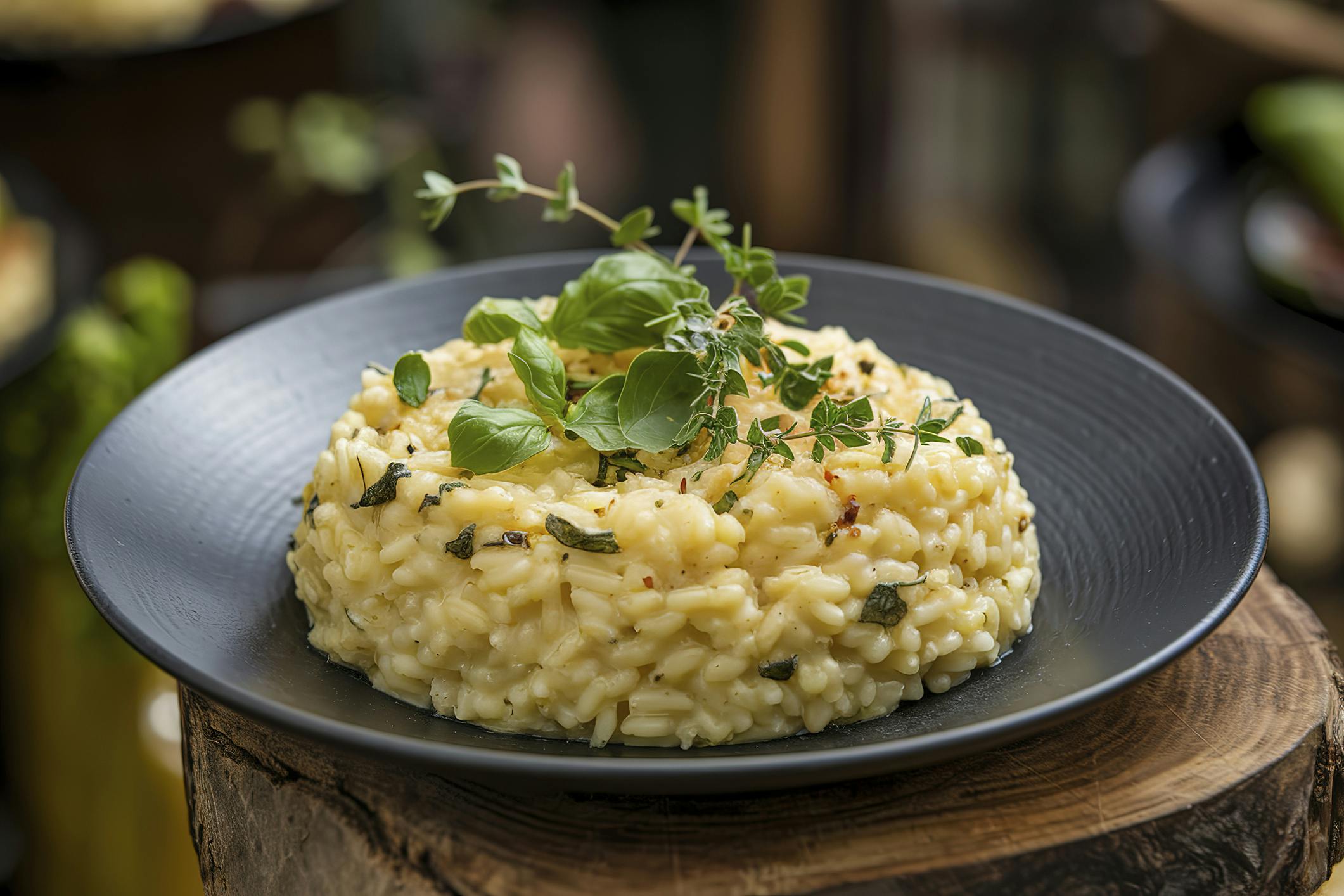The Golden Age of Italian Rice: Come for the Pasta, Stay for the Risotto
I make no mystery of my allegiance: if hard pressed to choose a favorite Italian primo, I will gladly give up all the pasta in the world for a creamy risotto. I was born in Milan after all, which has to risotto (specifically the one made with saffron, or “risotto giallo,” – giallo is yellow) the same relationship Rome has with amatriciana. Risotto is in our dna, and the specific varieties of rice used for it (mainly Carnaroli and Arborio: we’ll get back to this) have historically been grown in the water-drenched fields of the Lombardy and Piedmont regions, near Pavia and Vercelli, in the north and north east of Italy, respectively.
I still remember when even the best stores would only carry a couple of good brands of rice. Today the music is different. The shift towards a better, more sustainable agriculture that has brought so many young enthusiasts back to the land, to grow heirloom crops like wheat and tomatoes, has reached rice too. There are now good rice farms in Tuscany, Abruzzo, even Sicily. And why shouldn’t there be? Sicily is famous for its arancini, highly addictive fried rice balls stuffed with ragu and peas, or with bechamel and ham, much like Lombardy is for its risotto al salto, a crunchy disc of fried leftover rice.

When you’re cruising the Mediterranean Sea, head ashore for some serious exploring and shopping, and make sure to look out for some of these brands: Riserva San Massimo, Tenuta San Carlo, Cascine Orsine, Gli Aironi, Acquerello, Riso Buono, Agribio Conti. The latter comes from a Sicilian farm near Catania, which instead of the traditional fields-flooding technique employs a particular irrigation system relying on a slight incline in the fields. All these brands (and there are more good ones) are known not just for the quality of their product but also for the low impact agriculture they practice, and the fascinating stories of the people behind them.
I’m happy to report some of Italy’s best growers are women, like Rosalia Caimo Duc, a pioneer of organic rice, who produces the brand Terre di Lomellina, on a farm near Pavia. Not far from Vercelli there is Igiea Adami, whose husband, Guido Zampaglione, together with his uncles, makes one of my favorite natural wines, Don Chisciotte, a fiano produced in the pugliese Alta Murgia: Igiea’s brand is called Busonengo, and it’s truly fantastic rice. In the Tuscan Maremma there’s Tenuta San Carlo, 1.200 acres farmed under the guidelines of regenerative agriculture producing Carnaroli and also Ribe (a different variety of rice, less creamy) with a couple of experimental patches of sake and black Venere rice. The farm manager is New York-born Ariane Lotti, great granddaughter of the founder, Achille Gaggia.

Bottom line, when it comes to great brands available from the North to the South of Italy, we’re covered. But what if you’re not cruising in the Mediterranean? Well, specialty foods importers like Gustiamo, Le Gourmet Central and Whole Foods carry some of our best boxes of rice in the States. There are also a few local options, like California-based Lundberg (there is nothing wrong with using local-grown rice, but keep in mind cooking times may vary when switching from one brand to the other.)
To make good risotto you should not jut look for the right brand, but also for the right variety of rice. In Italy the variety of choice of risotto-loving chefs is Carnaroli, because of its structure: the grain holds up perfectly, and the starch released during cooking combines with fat resulting in a luscious cream, while the individual grains remain slightly al dente. The last step, when butter or olive oil and cheese are beaten in vigorously, is known as the “mantecatura” and is responsible for the famous “all’onda” (or “wavy”) texture of a well-executed risotto.
A good alternative to Carnaroli is Arborio, whose larger grains also yield creamy risotto, perhaps with less of a “bite.” You may also find a bag of the shorter, stockier grained Vialone Nano, which is absolutely divine in slightly soupy risotto (my maternal grandmother used to make one with Savoy cabbage and parsley which was to die for).
As the landscape of rice farming expands, so does the map of risotto’s gastronomy. A long-standing tradition of specialties like supplì and arancini – respectively Roman and Sicilian fried rice croquettes – and timballi di riso (like the Pugliese riso e cozze, a baked casserole of rice with mussles) prove rice has always been featured on the tables of Central and Southern Italy (though not as often as pasta.) Yet risotto is not a croquette, nor a casserole: it is a very specific dish, one historically associated with colder latitudes.

But lately this too is changing, with risotto making frequent appearances all over the country, from Turin to Palermo. Perhaps it has something to do with the wider spectrum of available brands, with an overall improved quality of the product. I like to think this is also happening thanks to a loosening of the once rigid rules of risotto making: chefs from North to South seem to have found the way to master the balance between tradition, creativity, and lightness. Rice is not just a vehicle for flavor, not anymore: the impressive work growers have done in the field and beyond means the naked grains start out as delicious and not covering their natural aroma is mandatory when cooking.
A lighter approach to risotto is contemporary and also smart. Replacing heavy beef stock with vegetable broth or extracts (you can even make certain types of risotto with water instead of broth – this works particularly well with delicate flavors, like lemon (you can find a good lemon risotto recipe by New York restaurant Via Carota). That means letting all the flavors in the dish shine through, including rice’s own. Same goes for butter which can be substituted with alternative emulsifying ingredients such as olive oil or goat cheese with no detriment to the desired creamy texture.
Do try this at home! You won’t be sorry – as long as the rice is right.
